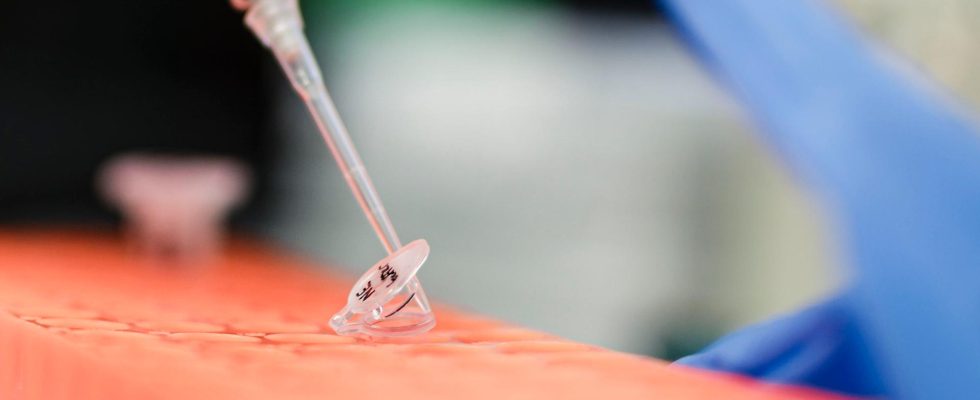When a new virus was first reported in the Chinese port city of Wuhan at the end of 2019, little was known about the pathogen. The scientific community was intensively researching Sars-CoV-2 and there was a lot of money available. There was not only a boost in corona research, knowledge also grew in other areas of medicine during the pandemic.
Some chronic illnesses lead to progressive scarring of the lungs and, as a result, often death. However, they rarely occur and are therefore difficult to study. The coronavirus has attacked the lungs of many sick people. In severe cases, patients also developed scarring of the lungs.
The scarring is caused by so-called macrophages (phagocytes), which actually take on an important task: They dispose of the remains of infected cells and secrete inflammatory substances, an important preparation for healing. “Even too much of a good thing can be bad again. What we see: It doesn’t stop at all,” says immunologist Leif-Erik Sander.
Researchers have derived ideas from this about how to prevent phagocytes from getting into the lungs. During their invasion, the phagocytes follow certain attractants. Attractants that can be blocked with an already approved HIV drug. A clinical study is now underway. There is even hope that existing lung scarring can heal again, for example in the case of idiopathic pulmonary fibrosis or silicosis.
The corona pandemic has helped mRNA vaccines achieve a breakthrough. It already existed before, but with the mass vaccination of the population, the technology passed the practical test. Research into mRNA vaccines is not limited to infectious diseases. There is hope for individualized therapies, for example against cancer, dementia or diabetes.
How did the coronavirus spread? Initially, researchers assumed that the pathogen was spread via droplet infection. It later became clear that aerosols play an important role.
Aerosols are very small droplets. They stay in the air longer and can be transmitted over greater distances. Many findings are probably also important for other respiratory diseases such as flu, MERS or rhinoviruses and for protective measures against infection with them.
After an infection such as Eppstain-Barr, flu or hepatitis has been overcome, illnesses can continue to occur. This can be shortness of breath, slowed thinking (brain fog) or stress intolerance, and chronic fatigue syndrome ME/CFS can also be a factor.
Such post-infectious diseases were observed in many patients during the corona pandemic: Long Covid is being increasingly investigated. Previously, many of these illnesses were assumed to have psychosomatic causes, but Corona made the role of pathogens in non-communicable diseases clear. The connection between previous infections and their long-term consequences is now being increasingly investigated. There are also clinical studies on possible therapies.
During the corona pandemic, new variants of the Sars-CoV-2 pathogen were repeatedly discovered. It was difficult to understand how viruses change. The virus has previously been cultivated in large quantities of identical copies, but not as in nature as populations in which mutants are already present.
These virus clouds should now be recreated in order to be able to examine more virus variants. This would allow researchers to identify relevant mutated variants that could spread from animals to other mammals and humans as zoonoses.
rzr

